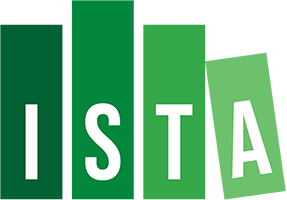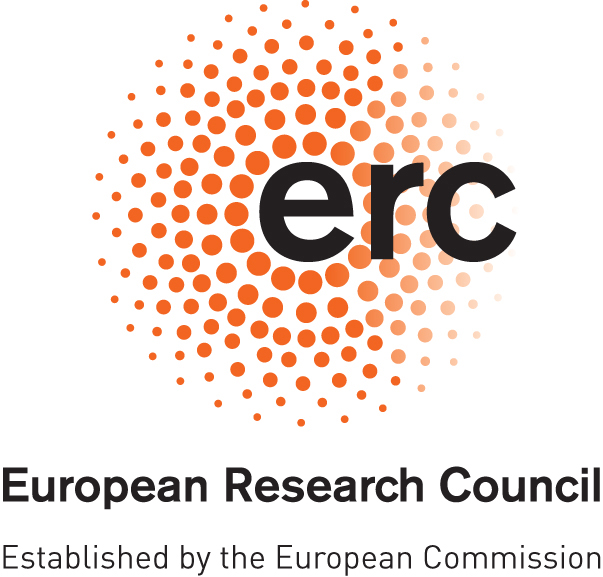
Computing


ACM Transactions on Graphics 37(4) (SIGGRAPH 2018)
We propose a new method for fabricating digital objects through reusable silicone molds. Molds are generated by casting liquid silicone into custom 3D printed containers called metamolds. Metamolds automatically define the cuts that are needed to extract the cast object from the silicone mold. The shape of metamolds is designed through a novel segmentation technique, which takes into account both geometric and topological constraints involved in the process of mold casting. Our technique is simple, does not require changing the shape or topology of the input objects, and only requires offthe-shelf materials and technologies. We successfully tested our method on a set of challenging examples with complex shapes and rich geometric detail.
Are you interested in our ongoing development or a potential release of this software?
Provide your email below - we will contact you:
@article{Alderighi:2018,
author = {Alderighi, Thomas and Malomo, Luigi and Giorgi, Daniela and Pietroni, Nico and Bickel, Bernd and Cignoni, Paolo},
title = {Metamolds: Computational Design of Silicone Molds},
journal = {ACM Trans. Graph.},
issue_date = {August 2018},
volume = {37},
number = {4},
month = jul,
year = {2018},
issn = {0730-0301},
pages = {136:1--136:13},
articleno = {136},
numpages = {13},
url = {http://doi.acm.org/10.1145/3197517.3201381},
doi = {10.1145/3197517.3201381},
acmid = {3201381},
publisher = {ACM},
address = {New York, NY, USA},
keywords = {casting, fabrication, molding},
}
The authors thank Marco Callieri for helping with the resin casts and 3D scanning, Jon O’Neill and Tarrant Saphin for helping with 3D printing, and Angela Fabiano and Ylenia Zambito for their help with silicone molding. The armadillo, Lucy, and bunny models are courtesy of the Stanford 3D Scanning Repository. The hand and fertility models are courtesy of the AIM@SHAPE Shape Repository. The goblet is courtesy of the Shape COSEG Dataset. The heptoroid is courtesy of the UC Berkeley Rapid Prototyping Project. The horse model is available in the dataset from [Sumner and Popović 2004]. For the hammer model we thank The Hunterian, University of Glasgow, UK for access to the original hammer from their Antonine Wall collection, and Historic Environment Scotland for the 3D model. The research was partially funded by the EU H2020 Programme EMOTIVE: EMOTIve Virtual cultural Experiences through personalized storytelling H2020-SC6-CULT-COOP-08-2016 (grant no. 727188), the European Research Council (ERC) MATERIALIZABLE: Intelligent fabricationoriented Computational Design and Modeling (grant no. 715767), and by the Italian PRIN project DSURF (grant no. 2015B8TRFM).

